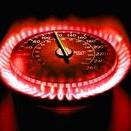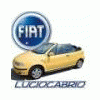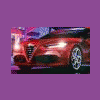Opel - 2.0 CDTI BiTurbo
-
Contenuti simili
-
Cadillac NS2 - V8 TwinTurbo 4.2 litri (Blackwing) 1 2
Pubblicato da Bare,
- meccanica auto
- innovazioni auto
- (e 8 altri in più)
- 12 risposte
- 5682 visite
-
Opel - 1.6 CDTI ECOTEC 2013 1 2 3 4
Pubblicato da RiRino,
- 1.6 cdti
- 1.6 cdti ecotec
- (e 5 altri in più)
- 38 risposte
- 14568 visite
-
GM - Automatico 10 rapporti Hydra-Matic: più veloce di un PDK
Pubblicato da crabble,
- hydra-matic
- 10 rapporti
- (e 14 altri in più)
- 6 risposte
- 3043 visite
-
-
-







.thumb.jpg.4ff109755894c3c33aafab6b2d0daf4d.jpg)


.thumb.jpg.d20c5008a881490f9c7f843d442a34f8.jpg)















Messaggi Raccomandati:
Crea un account o accedi per lasciare un commento
Devi essere iscritto per commentare e visualizzare le sezioni protette!
Crea un account
Iscriviti nella nostra community. È facile!
Registra un nuovo accountAccedi
Sei già registrato? Accedi qui.
Accedi Ora